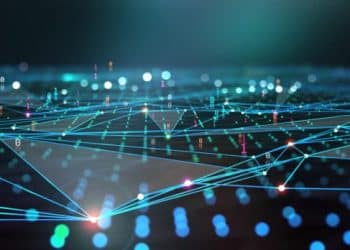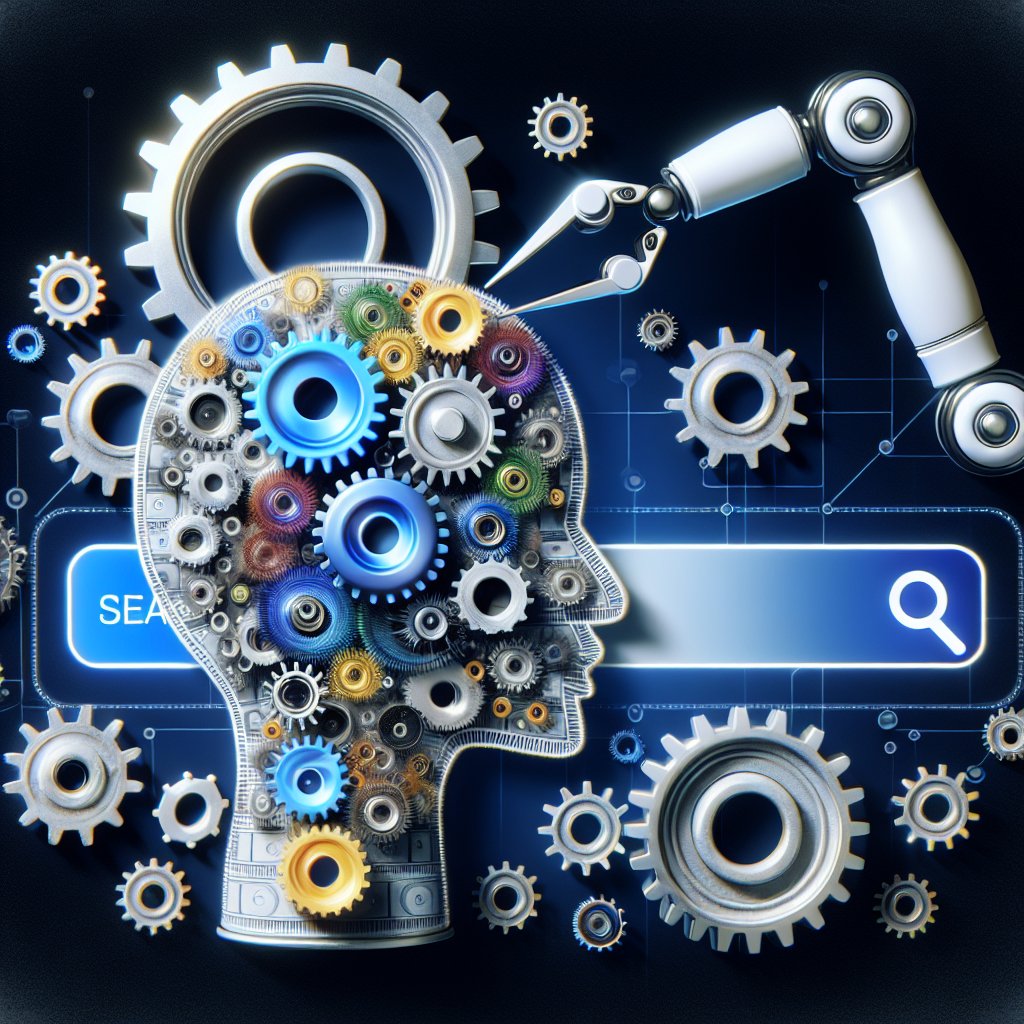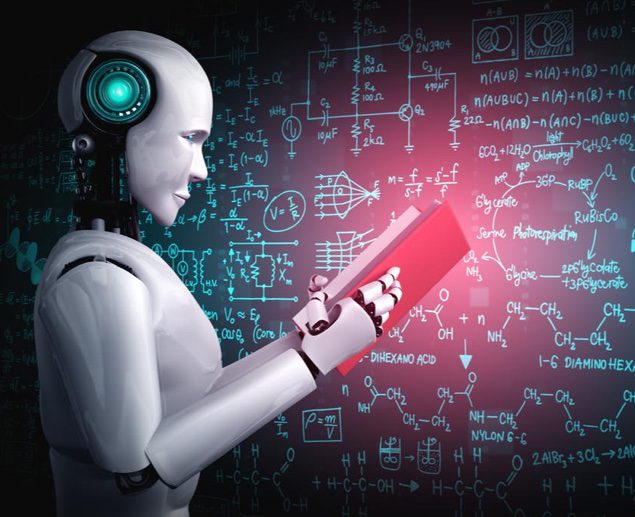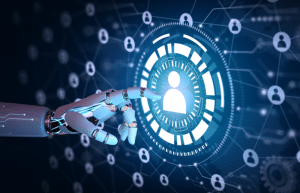A key ingredient in synthetic intelligence, synthetic neural networks (ANNs) function in a fashion much like the human mind. They mimic the way in which precise organic neurons operate with a view to discover solutions for complicated computing questions and challenges. The strategy, which might embrace tens of millions of synthetic neurons, falls below the umbrella of machine studying. It produces mathematical algorithms which are broadly used to acknowledge patterns and clear up complicated issues in science and enterprise.
ANNs, that are additionally known as simulated neural networks (SNNs), use circuits to sign one another. Usually, a neural community depends on nodes which are comprised of an enter layer, one or a number of hidden layers, and an output layer. Particular person nodes are assigned a weight and threshold. When a threshold is activated, information flows via it and connects to different nodes or layers. If information doesn’t set off a response, the system usually ignores it.
A neural community makes use of coaching information to acknowledge complicated and sometimes hidden patterns and develop algorithms. Over time and with extra information, its accuracy improves. Consequently, this machine studying approach produces pc algorithms which are precious for an array of duties, similar to speech recognition, language translation, picture recognition, robotics habits and lots of different areas of synthetic intelligence (AI).
Deep studying methods—a sort of unsupervised machine studying—are more and more used with neural networks. They’re known as “deep studying” as a result of they include massive numbers of neural layers. Utilizing totally different approaches, information scientists can carry out complicated duties that lie exterior the flexibility or scope of people. Furthermore, these methods can regularly advance and evolve as new information seems.
Additionally see: What’s Synthetic Intelligence
How and Why are Neural Networks Used?
The rising quantity of information generated by computer systems accommodates solutions for quite a few questions and issues. Some trade sources report that upwards of two.5 quintillion bytes of information are generated each day, and greater than 100 zettabytes of information exist globally. This consists of structured and unstructured information from databases, gross sales administration methods, sensors, monetary methods, blogs, social media, audio and video, textual content and logs, and spreadsheet information, amongst others.
Consequently, deep studying methods primarily based on neural nets are broadly utilized by governments, companies, researchers and others to mine this information. Consulting agency Gartner reviews that greater than 80% of information scientists now use ANNs, and pure language technology fueled by deep studying is now a part of 90% of recent BI and analytics platforms. Widespread areas to be used embrace life sciences, manufacturing, banking, retail and within the public sector.
For instance, healthcare corporations use neural nets to deal with duties similar to predictive diagnostics, biomedical imaging and well being monitoring. Monetary providers corporations depend on it to detect fraud, oversee credit score evaluation and automate advisory providers. Retailers faucet deep studying for advertising, chatbots and augmented actuality that’s more and more used on smartphone apps. Producers depend on the approach for machine imaginative and prescient methods that spot defects and security violations, and likewise to automate provide chains and forecast demand.
One other widespread use case is sensible metropolis initiatives. For example, neural nets may ingest picture information from wi-fi cameras and the machine studying system subsequently learns easy methods to adapt site visitors indicators and different methods to optimize site visitors stream in real-time. This method is much cheaper than putting in sensors and in pavement. These methods—usually incorporating linked Web of Issues (IoT) sensors and gadgets—may also enhance the efficiency of power methods and supply different superior automation, in addition to improve security measures.
Additionally see: AI vs. ML: Synthetic Intelligence and Machine Studying
A Transient Historical past of Synthetic Neural Nets
The origins of synthetic neural networks dates again to 1943. At the moment, Warren McCulloch and Walter Pitts, who each labored within the discipline of neuroscience and computing, launched a computational mannequin that used algorithms known as threshold logic. The mannequin depends on a logical gate or a primary constructing block, on this case a man-made neuron, to construct a bigger computational framework.
Over the Nineteen Forties and Fifties, researchers continued to discover synthetic neural community fashions. In 1958, Frank Rosenblatt positioned a perceptron, an algorithm for supervised studying, in an precise computing machine. By the Sixties, the primary purposeful fashions with a number of layers started to emerge, and in 1975, researcher Kunihiko Fukushima developed the primary multilayered neural community. Within the Nineteen Eighties fashionable machine studying capabilities started to emerge. Way more highly effective computing energy and superior within the discipline over the next three a long time have resulted in way more highly effective capabilities.
One of many key developments within the discipline was the introduction of graphical processing items (GPUs) in 2010. These methods ship vital pace and efficiency benefits, together with the flexibility to cut back errors via better tremendous tuning throughout layers of a mannequin. In actual fact, GPUs introduce options and capabilities that in any other case aren’t doable in deep studying. Right now’s neural nets use a number of methods and fashions to deal with more and more complicated duties that in some circumstances exceed human capabilities.
Additionally see: Prime AI Software program
How Do Neural Nets Work?
The idea of a neural internet is a man-made neuron. Neurons are positioned into three various kinds of layers:
- Enter layer: The enter layer ingests information and converts it into binary code that the pc can make the most of.
- Hidden layer: The hidden layer performs mathematical computations on the info utilizing non-linear processing methods that work throughout the varied hidden layers of the mannequin. This “weighting” course of develops a hierarchical mathematical framework.
- Output layer: The output layer offers the algorithm that’s used for AI.
A technique to consider neural networks is that every particular person node operates its personal linear regression mannequin, which incorporates enter information, weights, a bias (or threshold), and an output, based on IBM. As soon as the system identifies an enter layer, it assigns weights that decide the worth of any given variable. These inputs are constructed right into a mathematical mannequin. When an output meets the specified essential threshold, it prompts the node, relaying the info to the subsequent node within the community. This course of continues till an algorithm exists.
In some circumstances, information flows via a man-made neural community in a single path, from the enter section to the output section. Nonetheless, it’s doable to make use of different methods, similar to backpropagation, to review information from output again to enter.
This method makes it doable to enhance error detection and scale back biased or inaccurate outcomes. Utilizing this method, it’s doable to vary weightings and adapt and alter a deep studying mannequin as wanted.
What Sorts of Synthetic Neural Nets Exist?
Whereas neural nets loosely replicate the way in which the human mind works, they’ve change into extra specialised over time. Right now, 4 major sorts of synthetic neural nets exist. Every has benefits and downsides primarily based on the supposed goal and real-world use case. These embrace:
- Convolutional neural networks (CNNs): These machine studying methods are generally used for machine imaginative and prescient, object detection, picture classification and sure sorts of forecasting. A CNN incorporates 5 distinct layers: enter, convolution, pooling, absolutely linked and output. These methods require huge processing energy—usually provided by GPUs.
- Recurrent neural networks (RNNs): This sort of ANN framework usually makes use of time-series information and different sequential information to supply probabilistic fashions. In different phrases, the inputs aren’t impartial of each other. This makes it best for duties similar to pure language processing, speech recognition, sentiment evaluation and textual content associated purposes.
- Feedforward neural networks (FNNs): A descendent of recurrent neural networks, FNN’s don’t use any kind of cycle or loop to course of information and develop a mannequin. As an alternative, information flows in a single path solely—ahead from the enter nodes and thru any hidden nodes en path to the output nodes. Consequently, FNNs are sometimes used for supervised studying duties similar to digital advertising and gross sales.
- Autoencoder neural networks: These unsupervised machine studying methods, typically known as Autoassociators, ingest unlabeled inputs, encodes information, after which decodes the info because it makes an attempt to pinpoint and extract probably the most precious info. The strategy is designed to cut back information noise. A well-liked use for this system is detecting fraud.
Additionally see: The Way forward for Synthetic Intelligence
How Do Knowledge Scientists Use Neural Nets for Coaching?
After an information scientist has recognized a use case for an ANN and chosen a selected method, the subsequent step is to place the system into movement. There are two primary approaches that information scientists use: supervised studying and unsupervised studying.
Supervised studying
Because the identify implies, a human oversees any such machine studying system. The operator labels datasets to assist prepare the algorithm in order that it might classify information and predict outcomes precisely.
For instance, a human may label images of various kinds of cats—lions, tigers, jaguars, leopards, mountain lions, bobcats, ocelots and housecats—so a system can study to distinguish them. Informal customers might deal with this job unknowingly after they tag e mail as spam, as an illustration. Supervised studying usually performs a job in object recognition, predictive analytics and sentiment evaluation.
Unsupervised studying
These methods study from information that hasn’t been labeled or tagged by a human. Merely put, the system finds the patterns and builds an algorithmic mannequin by itself—therefore the identify “unsupervised studying.”
In some circumstances, information scientists additionally use semi-supervised studying, which mixes the 2 approaches, and reinforcement studying, which builds outcomes utilizing a pc program that receives constructive and detrimental “rewards” because it pursues a mannequin.
Additionally see: The Historical past of Synthetic Intelligence
How Are Synthetic Neural Nets Impacting the Enterprise?
Among the many extra widespread makes use of for ANNs is predictive analytics. A rising variety of enterprise software program platforms—together with cloud frameworks—embrace machine studying, deep studying and different instruments that assist construct superior AI fashions.
This sort of predictive analytics is usually used for duties similar to delivering extra focused content material to prospects, understanding credit score limits and approvals, constructing chatbots and different pure language instruments, and delivering suggestions for eCommerce, social media and streaming media.
However predictive analytics can also be making its presence felt in lots of different sectors. For example, in healthcare, AI-enhanced software program guides medical doctors and different practitioners to related outcomes by suggesting medicine and coverings. In manufacturing, machine imaginative and prescient helps producers detect errors and imperfections that will escape the human eye. In fleet administration and logistics, software program determines routing and easy methods to optimize tools and gas—adapting in real-time to climate or site visitors. In cybersecurity, neural nets are more and more used to detect malware and different suspicious habits on a community.
These methods are additionally filtering into on a regular basis use in software program growth and enterprise. In lots of circumstances, enterprise purposes embrace no-code or low-code drag and drop interfaces that permit customers assemble AI and ML duties. AI-generated software program methods similar to OpenAI Codex, IBM’s Undertaking Knowledge, Amazon’s CodeWhisperer and GitHub’s Copilot are additionally transferring into the mainstream. They’re skilled on large datasets, and they’re able to generate code from pure language enter.
Tapping cloud computing assets, these methods deal with a rising array of duties—from constructing chatbots and digital advertising methods to constructing automation into varied duties. Nonetheless, Forrester warns that positive factors don’t occur with out the appropriate expertise platform. It’s essential to put money into methods that help superior machine studying and deep studying. This usually includes clouds that provide highly effective GPUs.
Additionally see: Greatest Machine Studying Platforms
What Moral and Authorized Issues Exist?
One drawback with neural networks is that the data they supply is simply nearly as good as what’s fed into the system. Along with the opportunity of winding up with a poorly performing system, researchers have discovered quite a few circumstances of implicit bias, which may end up in gender or racial discrimination.
This will trigger issues—together with authorized repercussions—for insurance coverage corporations, healthcare suppliers, monetary providers corporations and authorities companies. Consequently, companies ought to fastidiously weigh moral and authorized considerations earlier than making use of choice making utilizing neural networks and deep studying.
What’s the Way forward for Synthetic Neural Networks?
More and more highly effective computer systems and quicker GPUs promise to push ANNs and deep studying ahead. Within the coming years, these methods will drive advances in a various array of areas, together with predictive analytics; autonomous autos; swarm robotics; pharmaceutical analysis, predictive medication; private assistants and chatbots; cybersecurity; software program growth; and manufacturing and provide chain automation.
As extra information accumulates—together with IoT sensor information and edge computing advances—new use circumstances will seem as properly.
Additionally see: Knowledge Analytics Developments












